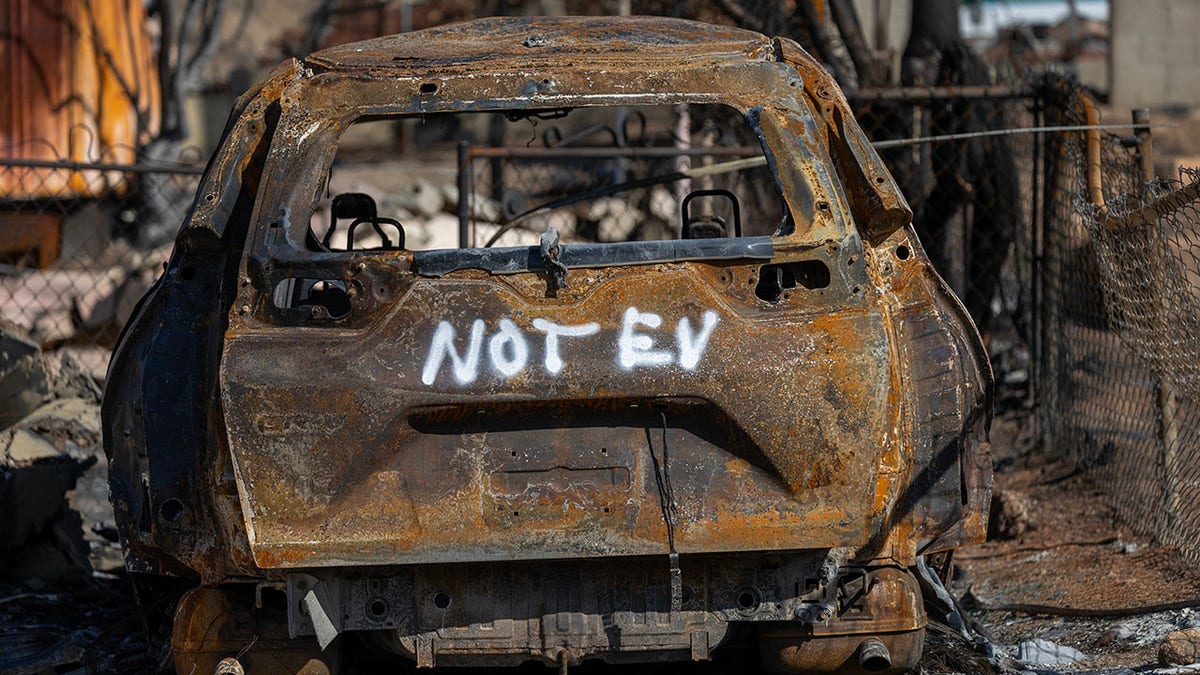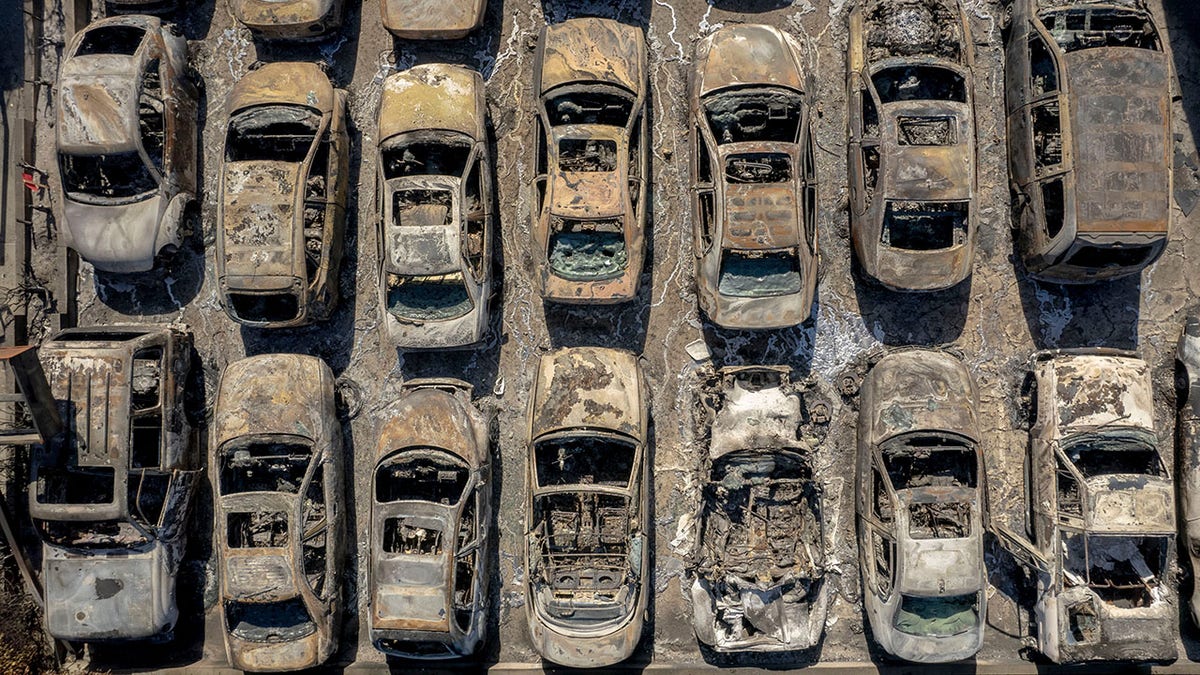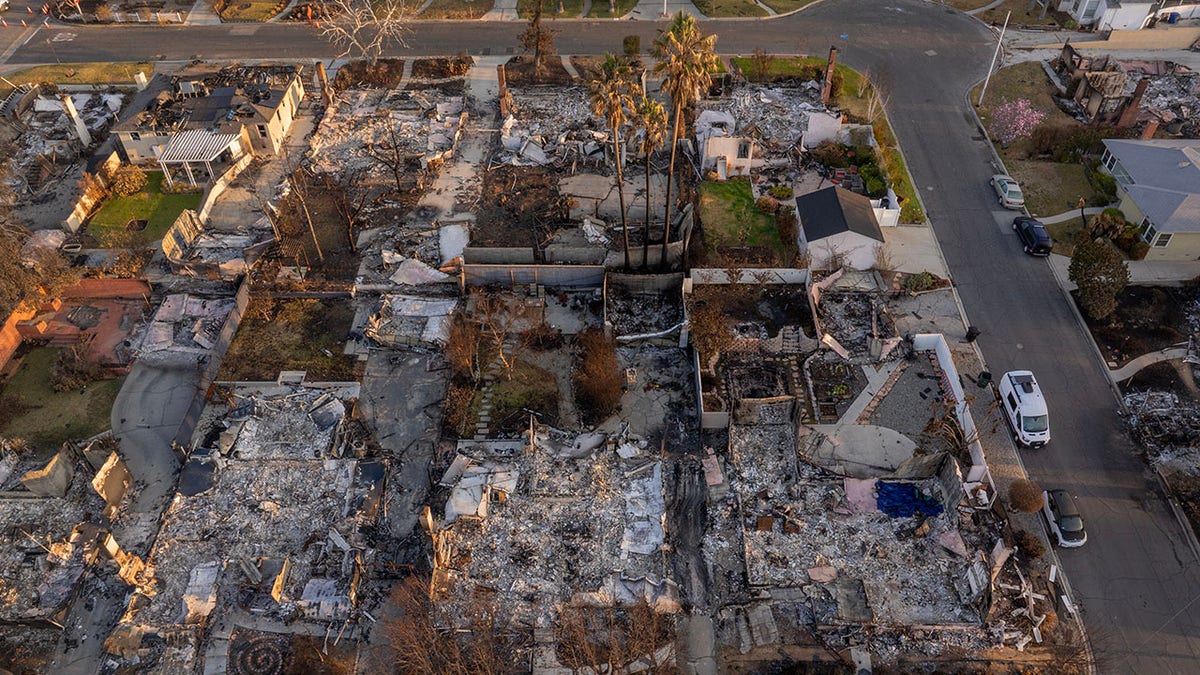The cleanup after the devastating Palisades and Eaton fires in Los Angeles faces a significant hurdle: the sheer number of lithium-ion batteries from electric vehicles (EVs) present in the debris. The Environmental Protection Agency (EPA) has initiated Phase 1 of the cleanup, focusing on removing hazardous materials, including these batteries, which pose a risk of reignition, explosion, and toxic gas release even after the fires are extinguished.
The scale of the task is unprecedented, with EPA incident commander Steve Calanog describing it as potentially the "largest lithium-ion battery pickup and cleanup in history" to local news outlet KNBC. The removal process requires specialized handling due to the batteries' volatile nature, even when seemingly undamaged. Crews must carefully deionize them before they can be safely crushed or transported for disposal.

The high number of EVs in Los Angeles contributes to the challenge. According to the California Energy Commission, Los Angeles County saw over 99,000 zero-emission vehicle sales in 2024 alone, with Tesla models leading the pack. The residual heat from the fires can cause these batteries to spontaneously combust even weeks or months later, posing a long-term threat.
Beyond EVs, lithium-ion batteries are also found in numerous household items like electronics, vaping devices, power tools, and home energy storage systems, further complicating the cleanup. The potential health risks associated with the toxic gases released by damaged batteries are a major concern for authorities.

President Trump's recent visit to the affected area and subsequent executive order aim to expedite the cleanup and resource allocation. The EPA emphasized that the hazardous material removal is the first phase of a multi-stage process, followed by debris removal coordinated by FEMA. The agency is committed to ensuring the safety of residents and workers throughout the operation.

Comments(0)
Top Comments